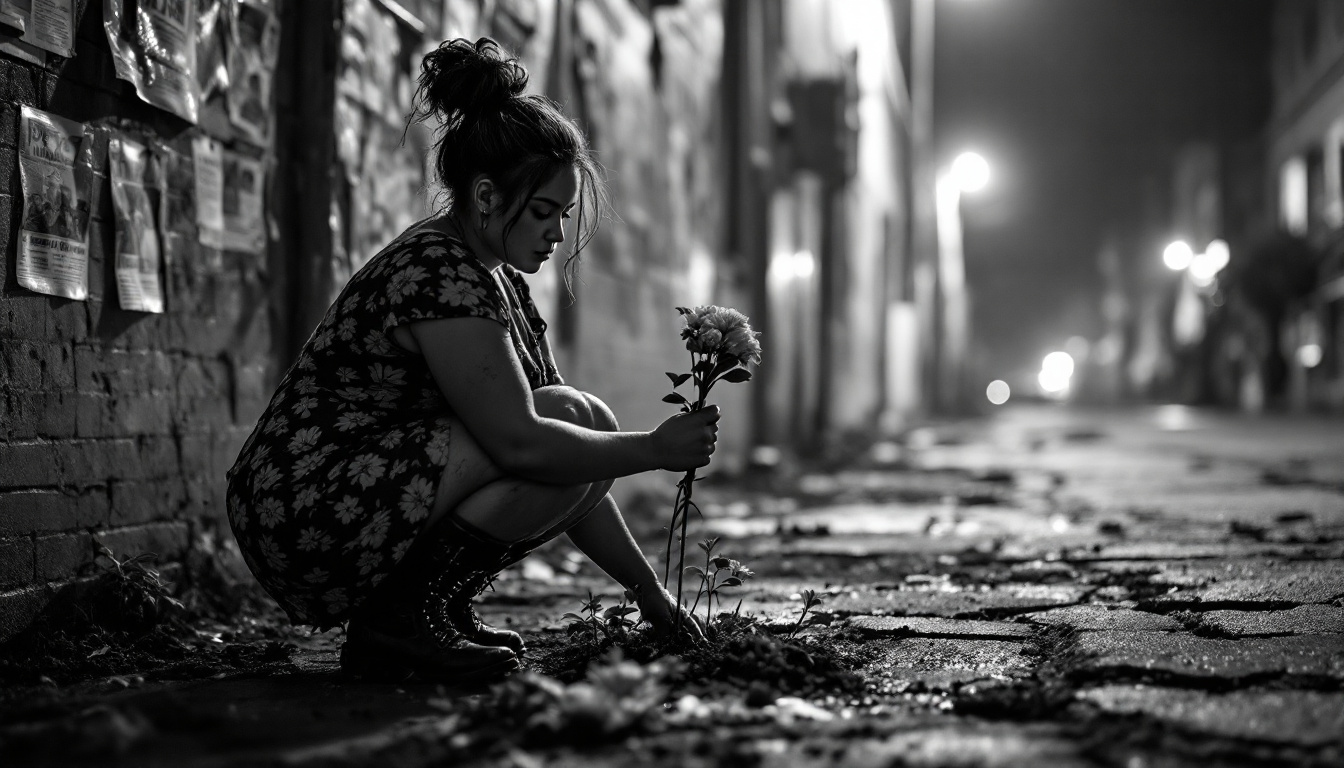I once spent three days photographing the same cracked windowpane, watching light fracture into grief—until it became a mirror for my own healing. Photography can be a powerful therapy for depression, helping you confront emotional voids and gain clarity.
We’ll explore how raw, intimate photography can externalize pain.
How Photography Rewires the Depressed Brain
Research shows that engaging in creative activities like photography can actually rewire your brain. Studies highlighted by The Mighty reveal that mindfulness practices, including photography as therapy for depression, can lead to the release of dopamine—your brain’s “feel-good” chemical—while reducing cortisol, which is linked to stress.
When the Lens Fogs
Creative block often accompanies depression. Whether it’s emotional numbness, self-censorship, or societal pressures, these obstacles can hinder your artistic expression. Consider the story of a photographer who faced postpartum depression, finding solace by shooting “imperfect” self-portraits in dim light. Remember: creativity isn’t a faucet—it’s a storm. Let it flood.
Feminist Framing & Photography as a Rebellion Against Perfection
We need to critique the societal expectations that push “happy” recovery narratives. Photographers from marginalized backgrounds—especially queer and BIPOC artists—use photography as a platform to document their unfiltered truths. This ties back to the idea of photography as therapy, using a feminist lens to challenge conventional notions about mental health and recovery.
Practical Strategies
The “Ugly Self-Portrait” Exercise
Try this simple exercise to confront self-judgment: take daily self-portraits in harsh, unflattering light. This practice can help you explore the parts of yourself you may avoid. Check out the series created by a nonbinary artist who documented their dysphoria in anonymity; this work speaks volumes about the complexities of identity without the performative vulnerability that’s often expected.
Rituals of Witnessing: Collaborative Photojournalism
Consider partnering with others to document shared struggles, like a zine project addressing depression in motherhood. It’s a way to embrace collective healing through art. Remember, to photograph another’s pain is to say: I see you. I refuse to look away.
Curating Your Mental Health Archive
Encourage yourself to build a visual diary of your mental health journey. By comparing early photos to recent ones, you can trace your emotional shifts over time. This practice ties back to the concept of photography as therapy for depression, giving you a tangible way to visualize growth.
Navigating Triggers and Boundaries
While sharing your work can be empowering, be cautious to avoid retraumatization. Always seek consent when capturing sensitive subjects, especially in your own art. It’s important to understand the male gaze’s distortion of women’s pain while reclaiming agency through your authentic self-representation.
Developing the Negative
Photography plays an essential role in transforming pain into art. Depression may develop you like film—slowly, in darkness—but you hold the power to decide what emerges.
